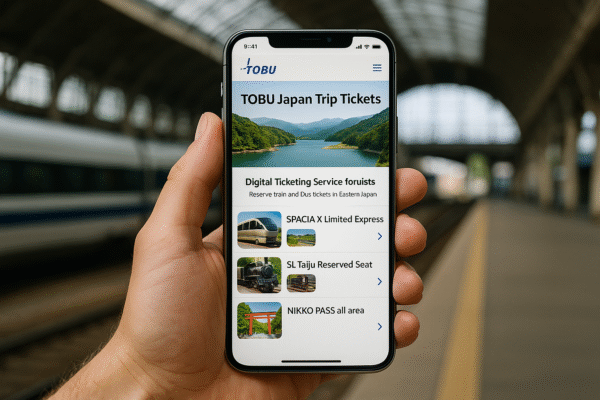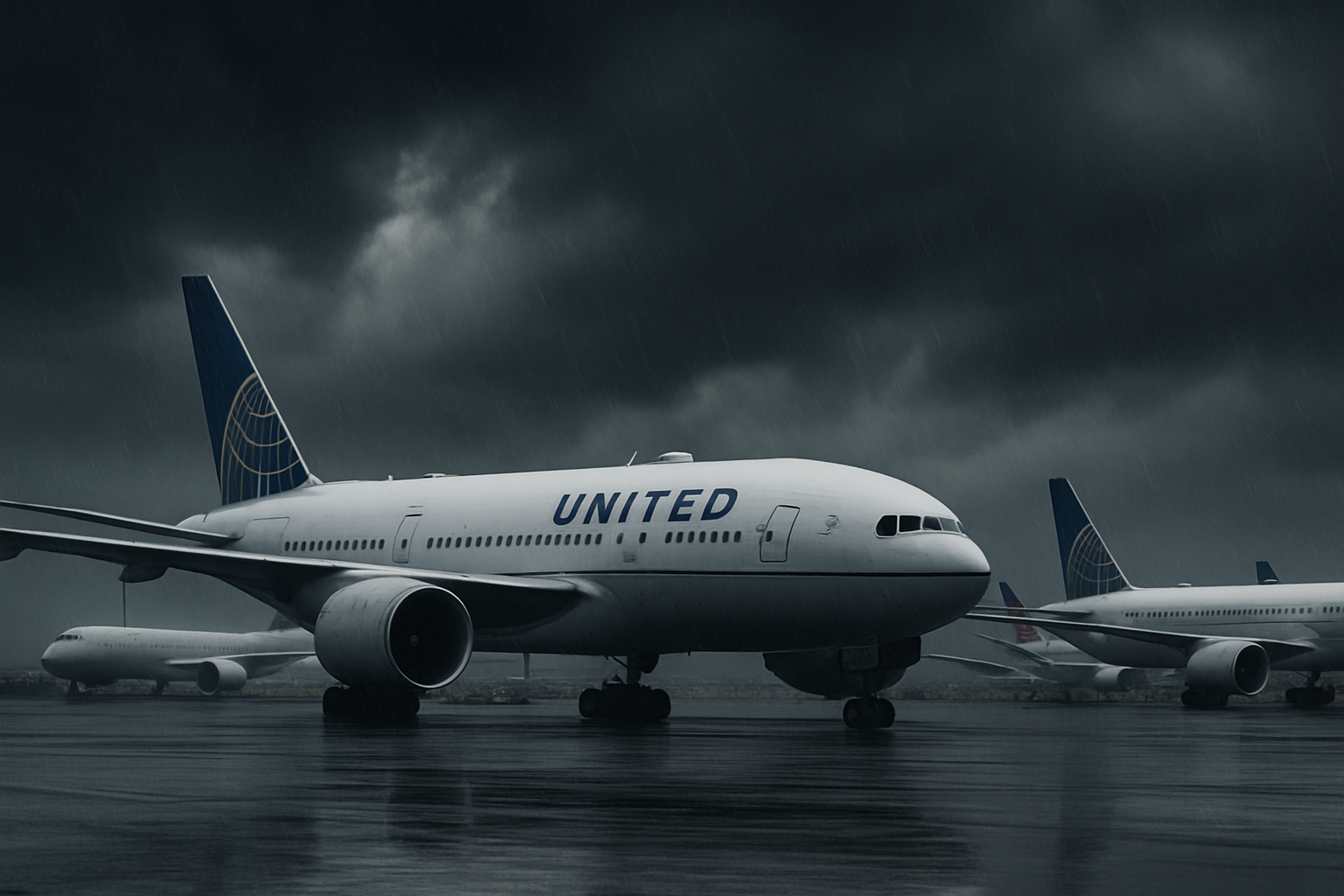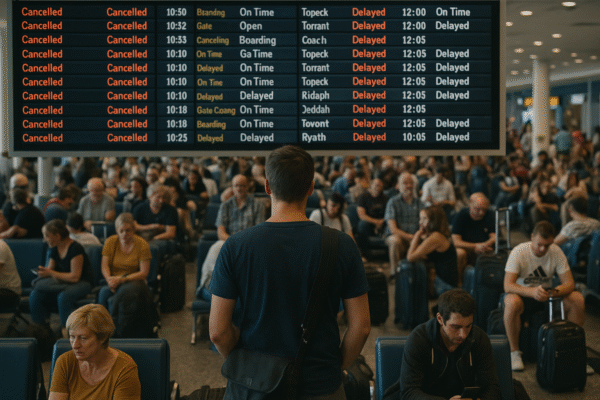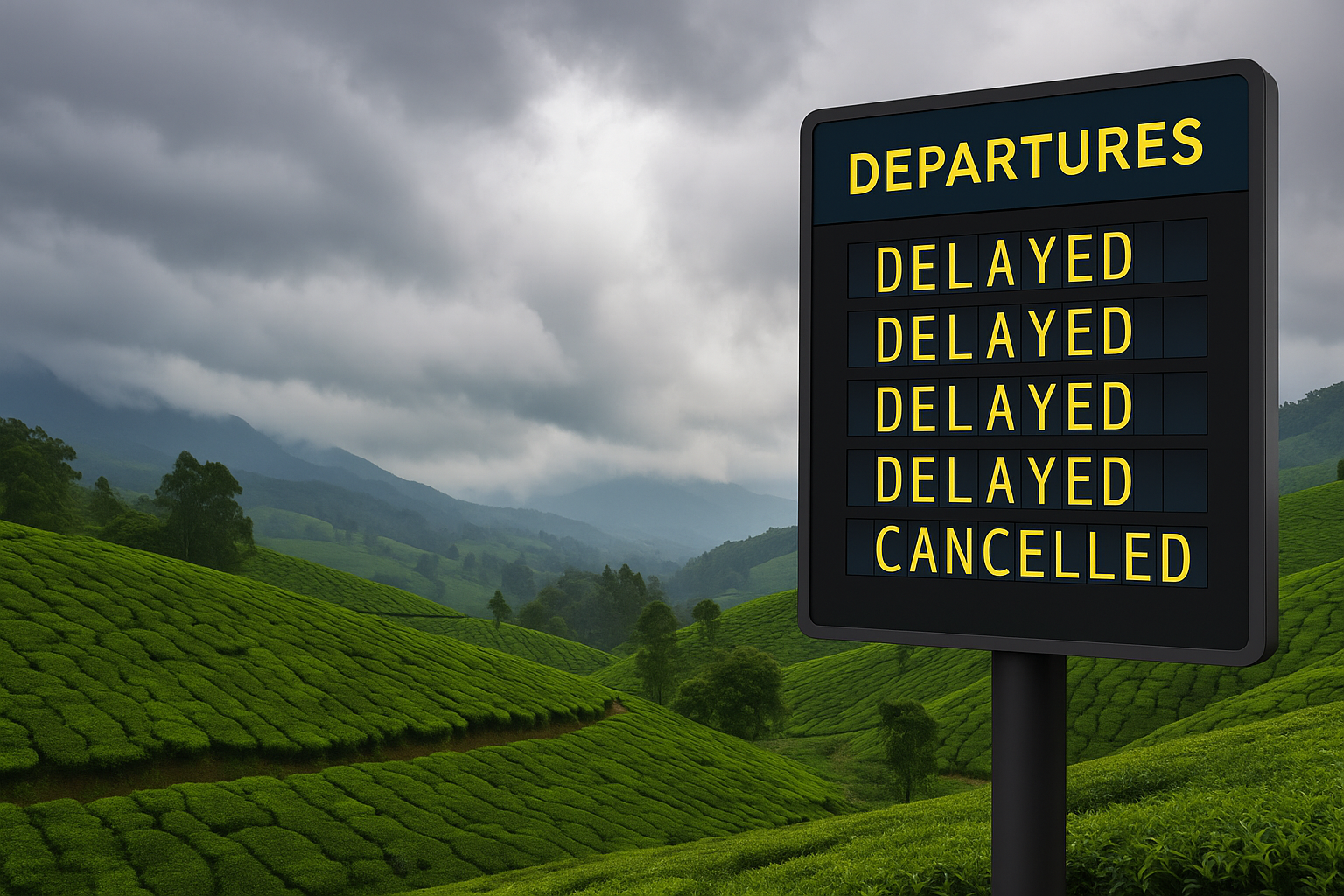New Delhi, India – As the monsoon season sweeps across India, travelers are being urged to prepare for widespread disruptions in flight operations. Torrential rainfall, poor visibility, and lightning-prone conditions are expected to cause delays and cancellations, especially in flood-prone areas like Mumbai, Chennai, and Bengaluru. In response, India’s travel industry is bolstering its support infrastructure to ensure a safer and more flexible journey for domestic and international tourists.
According to the India Meteorological Department (IMD), the 2025 monsoon is expected to bring above-average rainfall in many regions, which, while beneficial for agriculture, poses logistical challenges for the tourism and aviation sectors. Popular tourist states like Himachal Pradesh, Uttarakhand, and Odisha have already reported intermittent flooding and road blockages due to early monsoon showers, further straining travel connectivity.
Travel Agencies Activate Emergency Protocols
To meet the surge in weather-related uncertainties, leading travel operators including Thomas Cook (India) and SOTC Travel have rolled out dedicated monsoon travel support initiatives. These include 24/7 customer care services, real-time flight monitoring, and instant rebooking support. Their goal is to reduce the inconvenience caused by sudden itinerary changes and ensure that customers receive timely assistance during flight disruptions.
“Travelers today expect real-time support, especially during unpredictable weather events. We’ve embedded live alerts and flexible booking options across our platforms,” said a spokesperson from Thomas Cook India.
Rising Demand for Weather-Inclusive Insurance
The travel insurance segment has also experienced a significant shift. Tourists are increasingly opting for policies that cover weather-related interruptions. Companies have noted a 35–40% spike in the purchase of weather-inclusive insurance plans, especially for travelers heading to monsoon-impacted zones such as Coorg, Munnar, and the Western Ghats.
According to Policybazaar, India’s leading online insurance aggregator, “There’s been a sharp rise in queries for trip protection covering natural disasters, including monsoon disruptions. These add-ons are no longer optional but essential for monsoon travel.”
Shift in Tourist Preferences: Monsoon-Friendly Destinations Soar
Despite the weather, India’s rain-soaked landscapes are proving irresistible to travelers seeking lush, scenic experiences. ixigo, a travel and booking platform, reported a 25–30% year-on-year increase in bookings for destinations like Port Blair, Udaipur, Tirupati, Pune, and Coimbatore during the July–September period.
“Travelers are becoming more adventurous. The charm of misty hills, overflowing waterfalls, and quieter off-season destinations is hard to resist,” said Rajnish Kumar, Co-Founder of ixigo.
Destinations like Port Blair offer dramatic views of the monsoon-lashed Andaman Islands, while Udaipur’s lakes are most photogenic during rains. Coimbatore provides a gateway to rain-kissed hill stations, and Tirupati’s spiritual allure sees a monsoon pilgrim surge.
Emphasis on Flexibility and Real-Time Tech
Flexibility has become a pillar of modern travel planning during the monsoon. Agencies are offering no-cost rescheduling, instant cancellation refunds, and even alternative destination swaps to accommodate sudden changes. Enhanced mobile app features, such as real-time alerts, rebooking options, and chatbot assistance, are helping travelers adapt quickly to developing situations.
For example, SOTC’s latest app upgrade includes “RainGuard,” a feature that notifies travelers of route disruptions and provides suggested alternatives within minutes. Similarly, Thomas Cook India has launched its “SmartCare” program, allowing travelers to modify their trips without penalty under monsoon-specific conditions.
Aviation Sector Faces Operational Strain
The aviation industry faces mounting pressure during monsoon months. Airlines operating out of Mumbai’s Chhatrapati Shivaji Maharaj International Airport, Chennai International Airport, and Kempegowda International Airport in Bengaluru are known to experience high levels of disruption due to waterlogging and poor runway visibility.
DGCA (Directorate General of Civil Aviation) officials confirm that weather-related diversions increase by up to 40% during the monsoon season, especially in July and August. Airports have been instructed to reinforce drainage systems and keep ground staff on high alert.
In a recent circular, Airports Authority of India (AAI) said, “We are working in tandem with meteorological departments and airlines to ensure proactive coordination and minimal passenger disruption.”
Responsible Tourism and Sustainable Planning
Tourism boards across the country are also advocating for monsoon-responsible tourism, urging travelers to respect advisories, carry eco-friendly rain gear, and avoid high-risk trekking zones during heavy downpours.
The Ministry of Tourism has issued monsoon travel tips across its Incredible India platform, recommending that tourists always check weather alerts, opt for travel insurance, and remain flexible with travel schedules.
Looking Ahead
The monsoon season in India is both a blessing and a logistical hurdle. While it brings the country’s natural beauty to life, it also challenges travel infrastructure. However, with technology, insurance innovations, and proactive planning, India’s tourism sector is better prepared than ever to weather the storm.
As travelers increasingly embrace rain-kissed adventures, the industry’s focus remains clear: offer reassurance, flexibility, and reliable support. For those willing to brave the elements, India’s monsoon season offers a spectacularly rewarding journey—provided it’s planned with care and contingency.
For more travel news like this, keep reading Global Travel Wire















